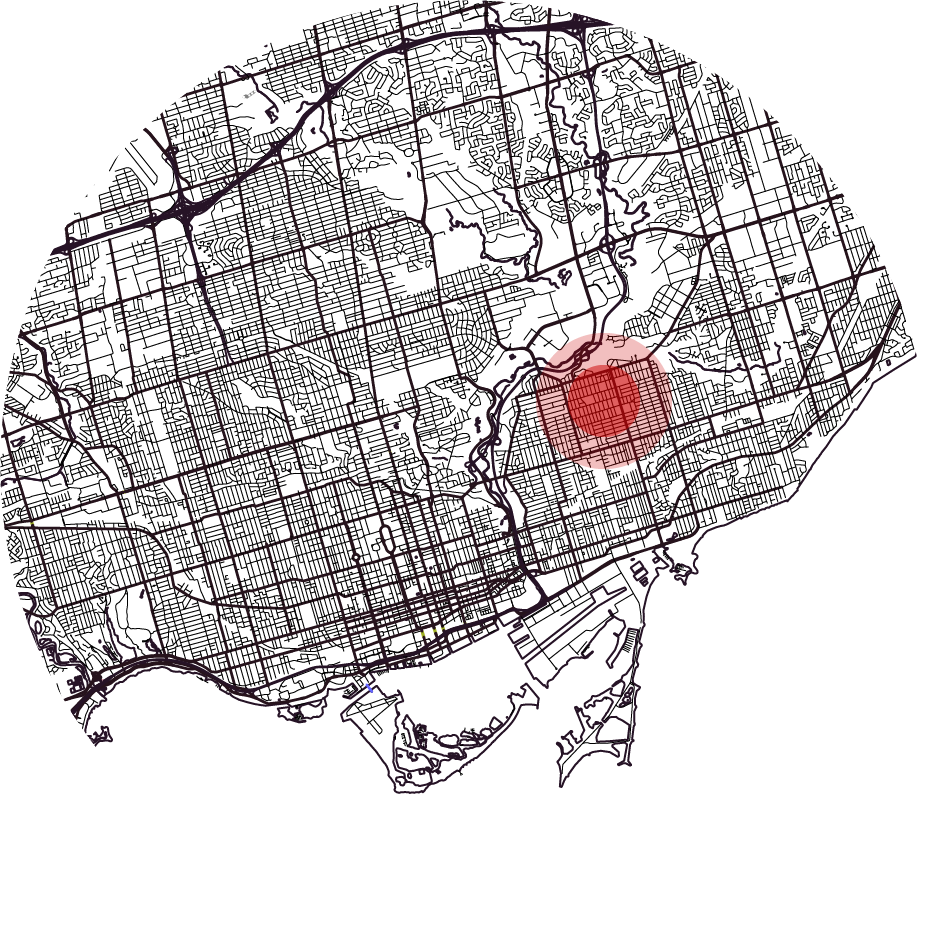
Thank you! Your submission has been received!
Oops! Something went wrong while submitting the form.
"PiinPoint has become an integral part of my role as Retail Analyst at Cushman & Wakefield Waterloo Region. The platform allows me to put together professional looking reports and provide clients with the insights they need to make real estate decisions.
I honestly don’t know how I would do my job effectively without PiinPoint."
Jessica McCabe, M.Ed.
Retail Analyst



Long-lasting dynamics for retailers to embrace in a post-COVID world
Written by Sarah Steiner

That rate of change was catapulted forward at the onset of the COVID-19 pandemic in 2020. This required both consumers and business organizations to drastically change their behaviours and adapt to a new reality; one that we anticipated only becoming “normal” many years from now.
While many anxiously await a return to closer human interactions and time-tested experiences in 2021, many of the realities faced over the last year have gained significant traction and present long-lasting implications to how retailers plan their markets in 2022 and beyond. Though 2021 may reflect a surge of “normal” shopping behaviour from pent-up demand, next year presents a question mark. How will retailers combine the best of their digital and physical worlds to remain relevant?
Through a series of one-on-one executive interviews with 15 different subject matter experts across a variety of Canadian retail sectors, as well as secondary market research efforts, we have identified five major dynamics for retailers to embrace in their future market planning:
As we leave the pandemic-era and start to enter the post-COVID reality, there has never been a better time for retail brands to authentically experiment with what this caring looks like long-term and how it fits into their brand experience.
ENLIGHTENED & ENGAGED
In fact, there are increasing expectations from consumers that retail organizations will use their position to have a positive social impact in the world. This is well illustrated by the increasing presence of brand activism in business, and exemplary retail responses have been pioneered by the TOMs Shoes, Patagonias, IKEAs, and Ben & Jerry’s of the world.
The responses to the largest civil rights movement to date in the summer of 2020 for Black Lives Matter is perhaps one of the strongest testaments to this. With an outpouring of solidarity for BIPOC, retail brands were motivated to demonstrate their humanness in their communication efforts through conscious participation too; such as posting the black square on their channels, denouncing police brutality, using appropriate hashtags, and engaging in conversations about anti-racism.


As lifestyles adapted to more time at home, the pandemic grew in force, and with it many of Canada’s housing markets, more and more Canadians experienced significant epiphanies on where their priorities lie. These behavioural changes have long-lasting implications on how and where retailers interact with their customers.



DIGITAL ROOTS
eCommerce has enabled retailers to experiment with following a digital-first approach to new geography development, and curating assortments designed with the micro-market in mind.
Rather than investing millions in new store development, retailers can service the market online to validate the opportunity, explore the aptitude for different product lines, and understand potential market size. This guarantees that future store placement is driven by where the consumer is and small-scale experiments can be done without significant real estate extensive investment.
IN-STORE IS HERE TO STAY, BUT HOW?

The ability for Retailers to stay relevant to their new consumer is paramount to their evolution and success. With consumers living in diversified markets, adopting digital behaviours, and possessing new traits of consciousness, convenience, and personalization, their behaviour challenges age-old assumptions about what a good retail experience is and subsequently how to plan for real estate.
Explore PiinPoint Location Intelligence Platform
Connect with our team to learn more about how PiinPoint can support your optimal network strategy.